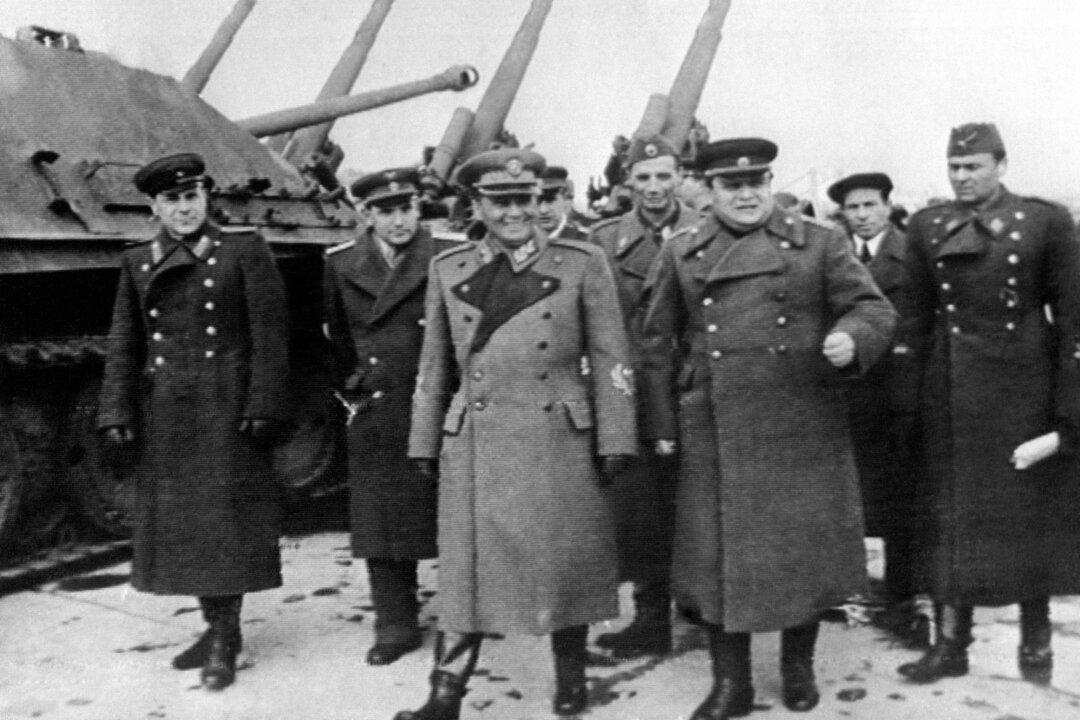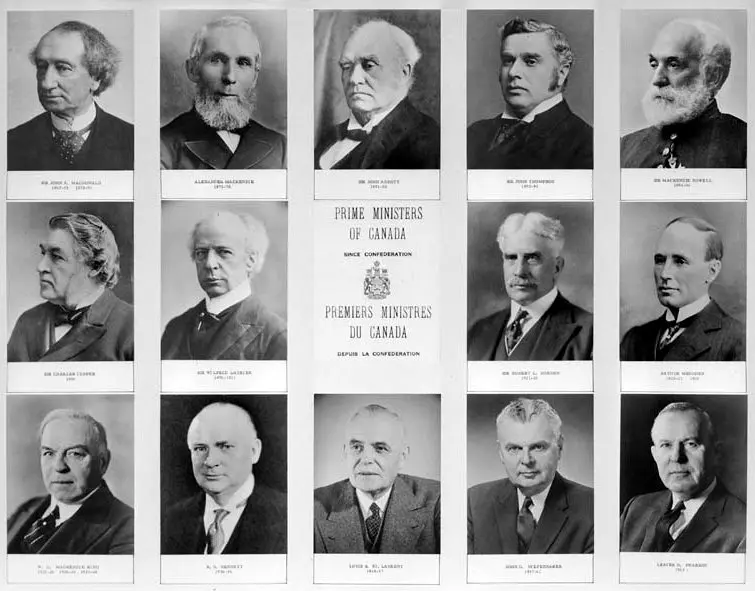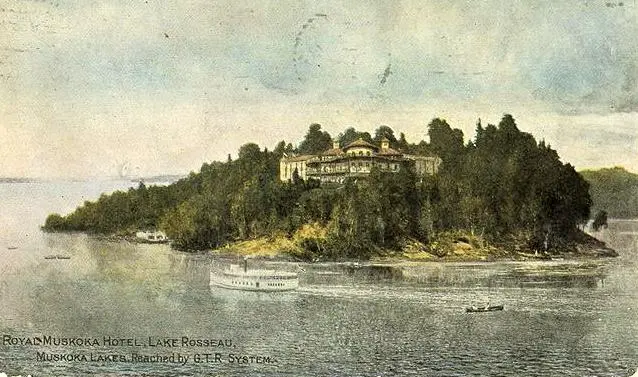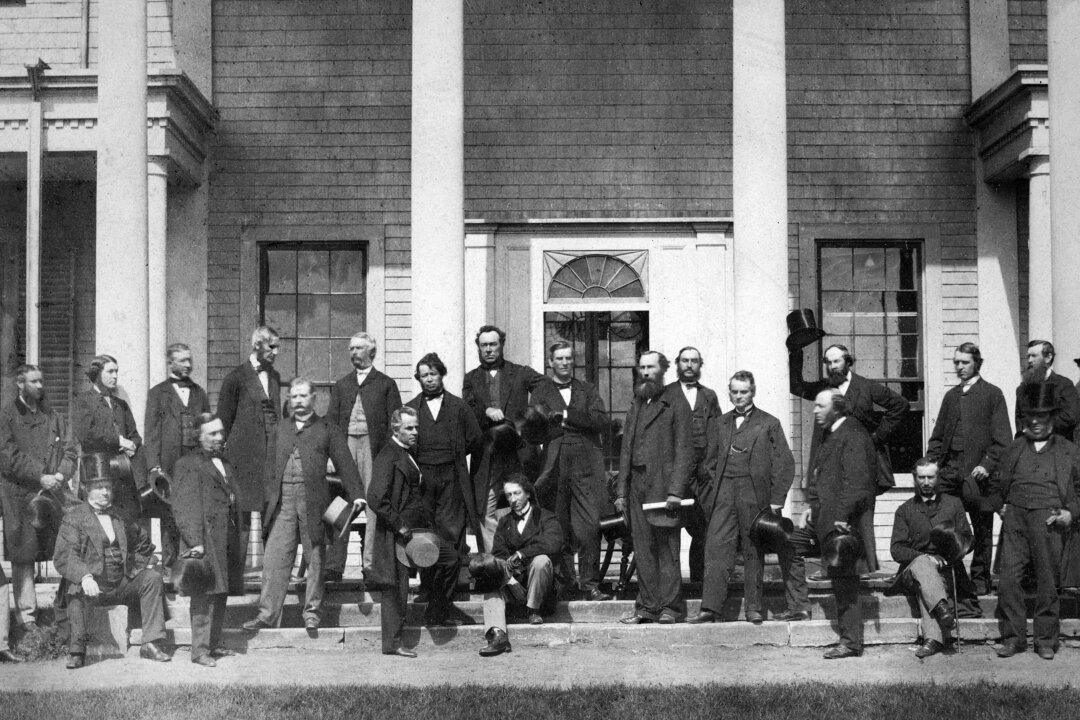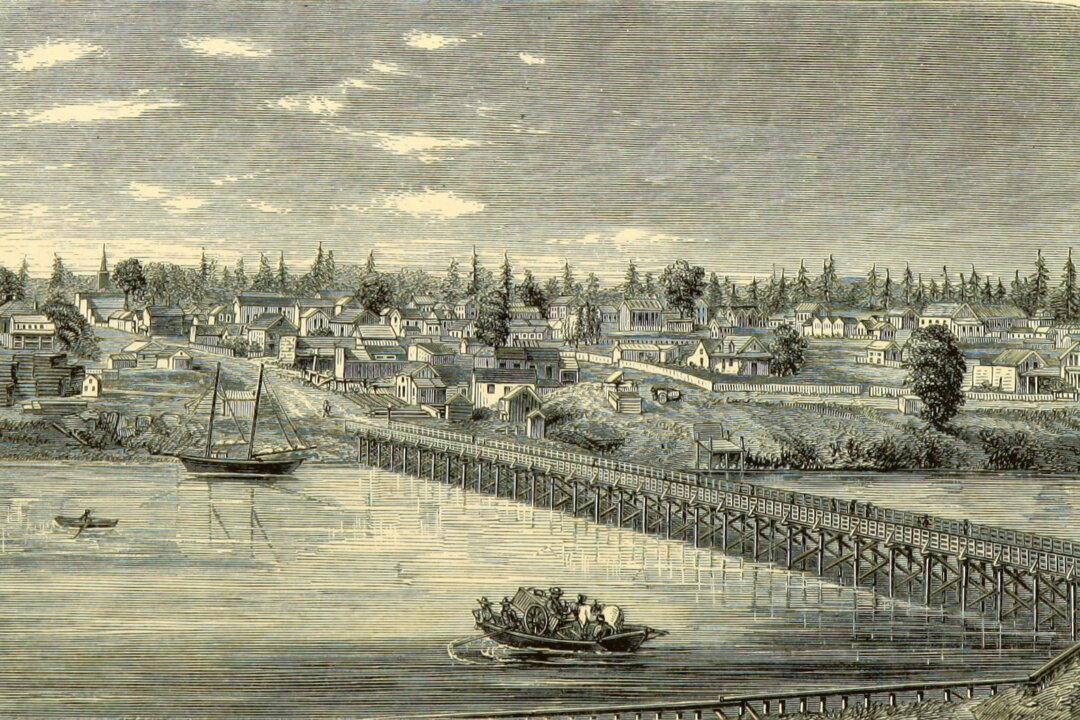Commentary
The 16,000 Canadian soldiers who served in Yugoslavia during the 1990s were not the first. Canadians had deployed to the war-torn Balkans half a century earlier. Most of the latter were not conventional soldiers and had a very different (and, it may be said, more successful) mission from the peacekeepers who came later. It was their success during World War II that, ironically, led to Canadian troops being drawn back into the Balkan morass five decades later.
